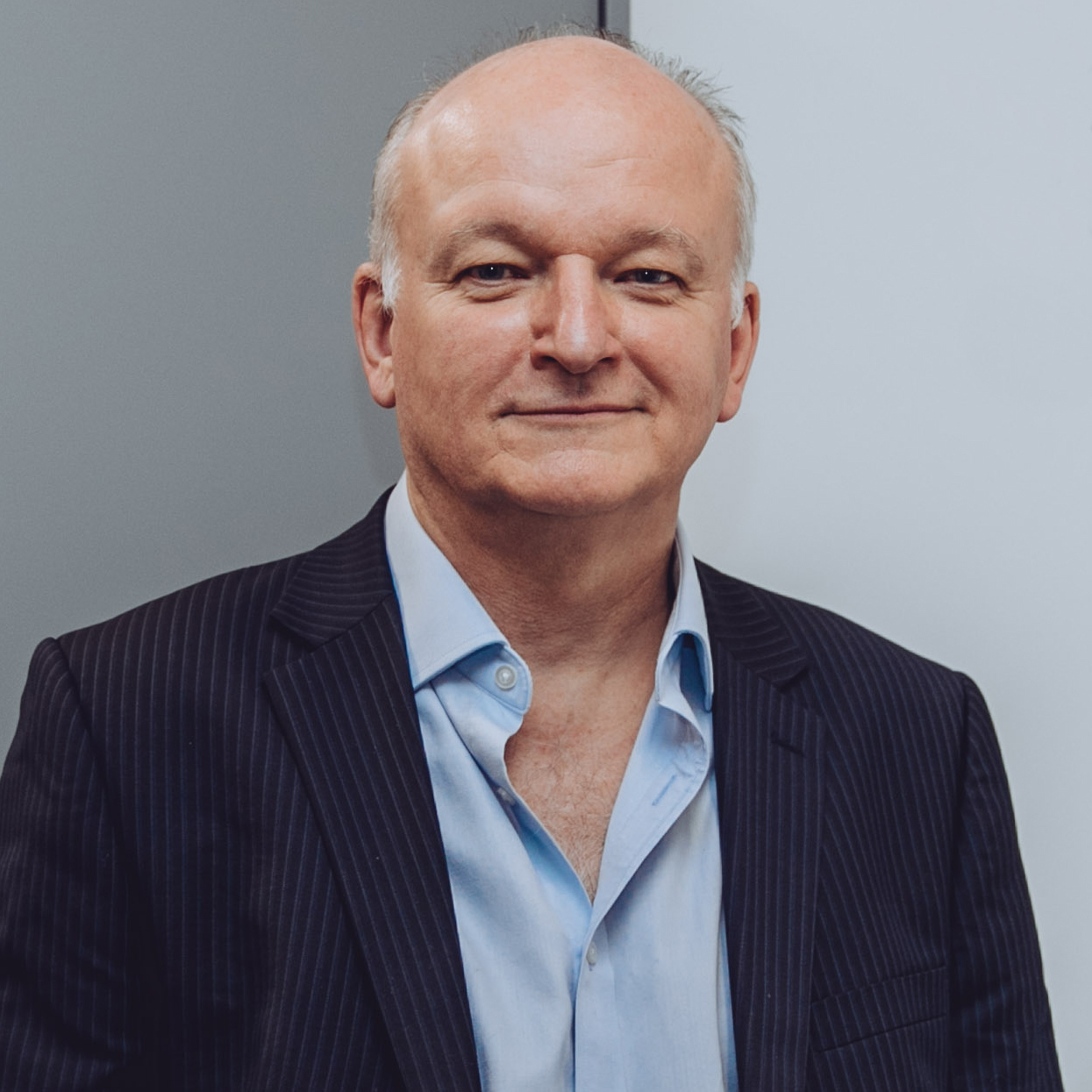How do we prioritise what we do when we can’t reach everyone?
It’s the existential question all charity leaders face. Or should
03 March 2023
It’s the existential question all charity leaders face. Or should
03 March 2023
This article was first published in the Third Sector
Founded in 1998, the Asian Lone Women Parents Association has evolved to become Maa Shanti, (‘Mother Peace’ in Hindi) with a focus on supporting single south Asian mothers who have experienced domestic abuse, honour-based violence or forced marriage.
Sometimes the immigration status of the women is tied to their abusive partner, so the charity sees the same fear to report that we see in other migrant-focused domestic abuse charities – such as the Latin American Women’s Rights Society and Kanlungan, which works with Filipino women.
Their service users are facing an impossible choice between staying with an abusive partner or the risk of forced exit from the country they have come to call home.
It’s why we have supported LAWRS in its efforts to ensure reporting domestic abuse to the police doesn’t automatically mean you are reported to a less than benign Home Office.
Maa Shanti is facing not just the same issues, but the same questions about its own future as those faced by many small charities that have been successful in their niche focus but strive to do more and reach further.
It’s natural for ambitious boards and chief executives to ask this – and the question can feel like a moral one.

How do we prioritise – or, in stark terms, ration – what we do when we can’t reach everyone who could use our service? It’s the existential question all charity leaders face. Or should.
Unless they are driven by a “growth at any cost” strategy. A strategy that leaves us as little different to private sector contractors, much as we might wrap that up in a set of worthy values.
In my teaching on charity management at Bayes Business School, I use rows of different-sized circles to demonstrate that even the largest charities are minnows compared with most public sector bodies and large corporate organisations. Cancer Research UK (CRUK) is the smallest circle in the row – about the same size as a middle-ranking hospital.
If the ‘where do we go next?’ question is a key one even for CRUK, how much more so for a small local charity like Maa Shanti, and how does it resolve it?
There is no doubt its services could be of value to south Asian women right across London – and beyond. But with limited resources, does it focus on improving what it does locally and using what it learns from that to seek wider practice change? Or does it seek to spread what it does to other areas? Or can it do both?
There’s no simple answer to that question, but the starting point is an acknowledgement that however far you reach, there will always be more people, and it is important to ask how you balance your direct and indirect impact.
For Maa Shanti, this might mean using the voices of the women it reaches to influence commissioners or public bodies, or working with other domestic abuse providers without Maa Shanti’s specialist knowledge to improve what they do.
The question is both a strategic one and a practical one in small charities where money is always tight, and the scarcest resource is chief executive headspace. It requires creative thinking on how you can influence change and/or work with others to do so; not losing sight of your core purpose – but having the space to dream – and a clear strategic framework that guides what you do and don’t do. Ultimately it comes down to the choice all boards and chief execs face: how do we prioritise?
But prioritise we must.
Maa Shanti is a brilliant example of a small charity doing what small charities do best. Seeing a need, filling a niche and bringing those it reaches to the centre of its work. That’s its USP and should drive its strategy. Even if it was the size of CRUK, it couldn’t single handedly fix the issues it is trying to address. But, like CRUK, it could demonstrate best practice and influence others that might – collectively.